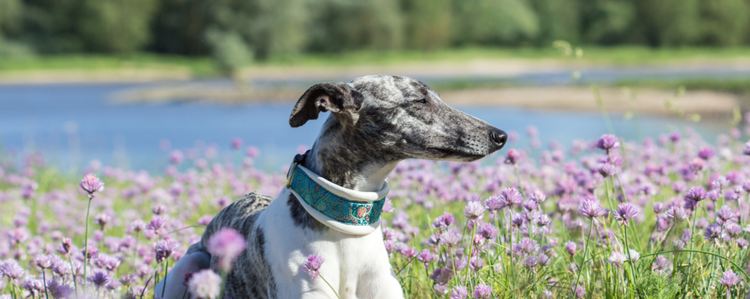
Can You Tell These “Twin” Breeds Apart?
The American Kennel Club (AKC) recognizes 196 dog breeds. To the untrained eye, however, the collection of AKC-recognized dogs might appear a little smaller. That’s because several breeds have “twins,” dogs they closely resemble in size, appearance, and even temperament. In some cases, the two breeds share a common ancestor, in others the resemblance is a pure coincidence.
To celebrate National Twin Day (December 18th), here’s a closer look at five pairs of look-alike breeds and a quiz to test your knowledge.
The Belgian Malinois and the German Shepherd
These two Herding Group dogs have similar black-and-brown coats and grow to about the same size. While German Shepherds are more popular among pet owners, both breeds are common choices to assist in police and military work.
Despite their similar build and appearance, the AKC notes that the breeds have markedly different ancestries. While the Belgian Malinois was developed specifically as a herding dog, the German Shepherd has always served an all-purpose role thanks to its unique “utility and intelligence.”
The Belgian Malinois and German Shepherd’s subtle physical differences become more obvious upon closer inspection. Robust German Shepherds are slightly longer than they are tall. Belgian Malinois are comparatively slim and their length and height are typically about equal.
The Boston Terrier and the French Bulldog
Boston Terriers and “Frenchies” are both descended from the English Bulldog and both breeds rank highly on the AKC’s list of the country’s most popular. Their cute, flat faces are immediately recognizable, but they’re not always easy to tell apart.
While French Bulldogs come in a range of colors, Boston Terriers are recognizable by their familiar black-and-white coat. Beantown’s favorite breed also has slightly longer legs and a slimmer, more athletic build than its “twin.”
The Whippet and the Italian Greyhound
At a glance, a novice might call both the Whippet and Italian Greyhound a “miniature Greyhound” and, according to the AKC, their ancestry is probably linked. The Italian Greyhound’s original purpose is unclear. It is possible that the breed once hunted small game or that it was always intended to serve as a companion alone. Whippets, on the other hand, were bred in England for the express purpose of hunting, and now compete in dog shows as members of the Hound Group.
The easiest way to tell the breeds apart is by measuring them. Italian Greyhounds stand below 15 inches tall and weigh between 8 and 18 pounds. Whippets are larger, weighing up to 40 pounds and standing as tall as 22 inches. A coat can set a Whippet apart too. Both breeds wear coats of various colors, but you won’t find an Italian Greyhound with a brindle coat.
The Alaskan Malamute and the Siberian Husky
Though these breeds are undoubtedly similar, a side-by-side comparison should make their differences fairly obvious. Alaskan Malamutes are notably larger and, per the AKC standard, only Siberian Huskies can have blue eyes.
Both breeds have a double-layered coat intended to withstand wintry temperatures and the muscles necessary to haul sleds of cargo over long distances. Only the Alaskan Malamute, however, has a tail that curls over its back. The Siberian Husky’s tail hangs straight and makes it easy to distinguish one breed from the other.
The Cardigan Welsh Corgi and the Pembroke Welsh Corgi
The two different types of Corgis share many of the same distinctive features. Their long bodies, short legs, and pointed ears have made both breeds favorites on social media and helped them climb the ranks of America’s favorite dogs. That’s not to mention their cheerful and affectionate disposition.
To tell the two breeds apart, ignore their numerous similarities and take a look at their tails. The Pembroke Welsh Corgi’s tail is short, but the Cardigan Welsh Corgi’s tail is long and fox-like. Need another way to remember the difference? Pembroke Welsh Corgis are the type preferred by Queen Elizabeth II.